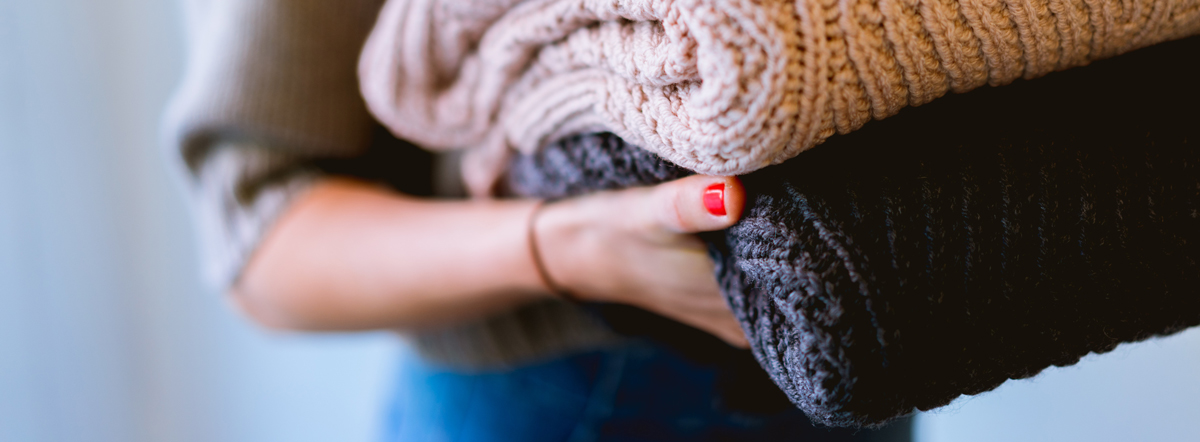
Currently the spotlight is mainly on single use plastics and their impact on marine life. And don't get me wrong this is great! However there are so many other ways our lifestyle can negatively impact our ocean without us realizing it.
When I first started the blog I did so much research and was absolutely shocked by all the little things I'd never even thought of. I learned so many new things and new ways to better my impact. So shall we find out more about 5 of them? Let's go!
1. THE CLOTHES YOU WEAR
I've spoken about this one before because I nearly fell off my chair when I realized. Did you know that your clothes shed little fibers when they're inside your washing machine? These fibers then make their way down the pipes and into rivers. I wrote about it in details here. The main problem is that synthetic fabrics release microscopic plastic fibers (microfibers) into the sea. These are nearly invisible and will never biodegrade. These fibers can also attract pollutant particles and give them a place to develop and grow. Fish then eat the whole thing and we end up eating that fish later on. This is a major issue as most of the oceanic plastic pollution issue comes from this, and not from the visible plastic rubbish.
What can you do to help? I use a Guppy Friend, I even reviewed it. It's a laundry bag that will filter and capture those fibers while in the washing machine. You can then scoop them up and throw them in the bin appropriately. This is a cheap and simple solution for the short term at least. Then you can also focus on buying mostly natural fabric clothes and not washing your synthetics when you don't need to.
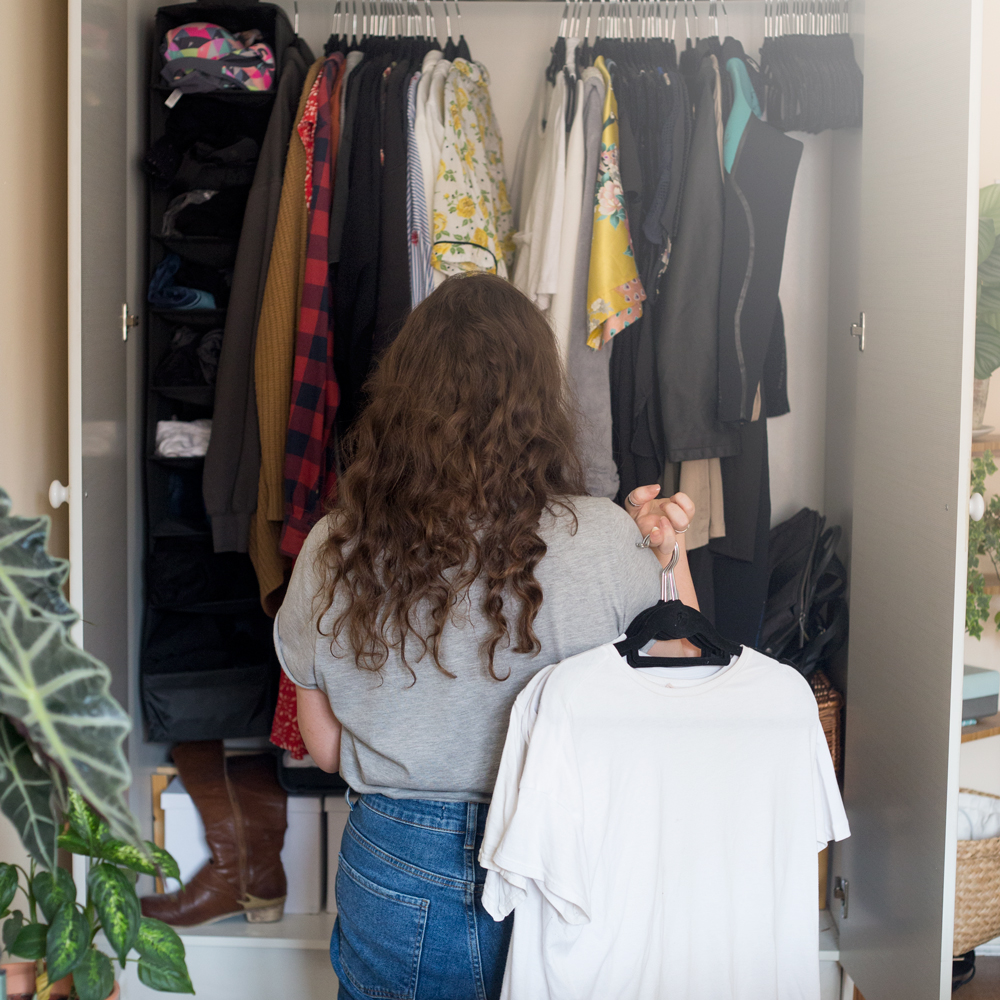
2. YOUR BEAUTY ROUTINE
Another one of my favourite topic! I feel like people more commonly talk about beauty ingredients to raise awareness about how they might not be so good for us. That's great and very true, but there's another factor to it. Some common ingredients might be safe for us, but are terrible for the planet. I did so much research on the subject. Most people don't give a second thought to the fact that your makeup will be washed down the drain at some point. All those nasty ingredients usually find their way to rivers and oceans. Some of the most common effects ingredients can have include genetic mutations in animals, development problems, behavioural changes and preventing the growth of healthy algae which will then prevent fish from feeding. All very happy stuff!
Want to help? You can start by looking at your current products and slowly incorporate more and more green beauty products. Or just buy less beauty products, but who am I kidding?
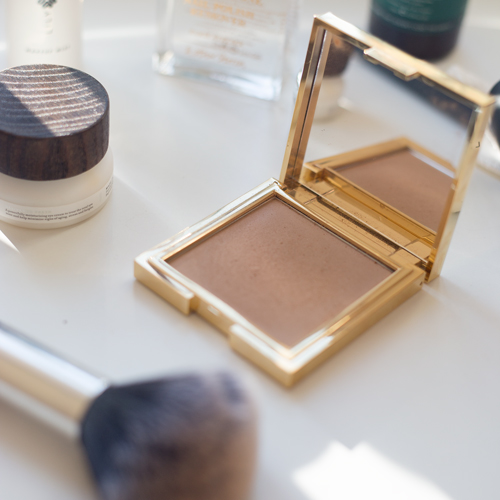
3. SMOKING
There are so many reasons not to smoke, but did you know it' a massive environmental hazard? The process of creating tobacco & cigarette creates large amounts of toxic waste polluting the soil. Cigarette butts are also one of the most common waste matter found in water ways. The filters don't biodegrade and are often eaten by fish, when it will stay in their stomach. It's no secret that cigarettes contain loads of toxic chemicals, and a lot of them are then released or ingested with the butts. On top of cigarettes & cigarette butts, lighters & tobacco wrappers are also very common items found in coastal cleanups. And that's just regarding marine life, smoking affects the environment in so many other ways.
So you're a smoker? I'm not going to tell you how to live your life, but please please dispose of your cigarette butts in appropriate ashtrays and in places where they won't litter the environment.
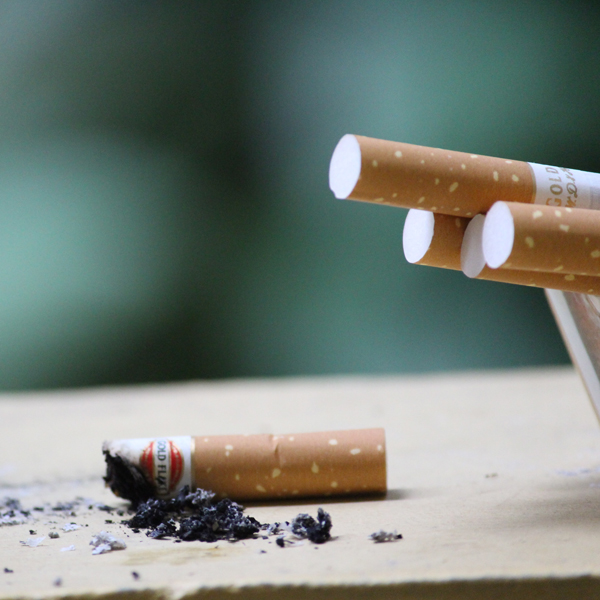
4. YOUR SUN PROTECTION
This one is getting more and more traction in the media, but it's something I'd never heard of before. Did you know the most common sunscreen ingredients are actually very toxic to corals and marine life? This is particularly horrifying when you think that most people slatter their body in sunscreen right before jumping in the sea, where it will dissolve.If I try and explain this briefly, tiny algae lives within corals and provides them with food, nutrients and gives them their bright colours through photosynthesis. Some chemicals in sunscreen are harmful to this algae, which will either die or be expelled by the coral who doesn't like toxic algae (go figure!). This process is called coral bleaching and without its algae to provide it with food, it's very likely that it will die. These chemicals are also very potent, 1 drop in the equivalent of 6 olympic pools is enough to start the process. Here's a quick video that explains it in better words.
If you'd like to turn to reef-safe sunscreen options, I tested out different options under 15€.
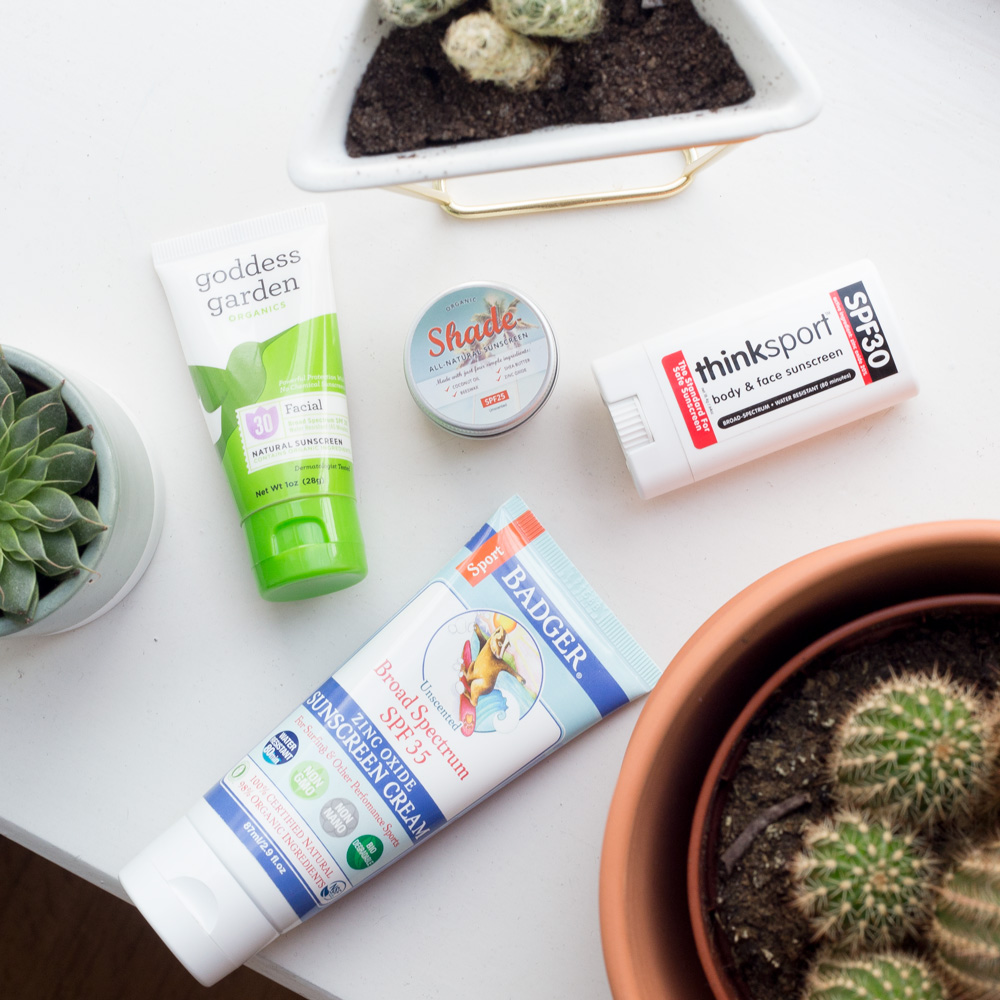
5. CHEWING GUM
Chewing gum is made of a synthetic polymer that doesn't biodegrade. 250 000 tons of gum are disposed of every year, and around 80% of it is not disposed of properly. Chewing gum is the second most common litter offender after cigarette butts. "In the wild" gums accumulate toxins over times and are being eaten by fish, which might get poisoned after these toxins accumulate. Here's a handy infographic if you want to learn more about the subject.
If you really like chewing gum, make sure you dispose of it properly either in gum bins or wrap it and then in a regular bin. There are also more sustainable gum alternatives available in most health shops!
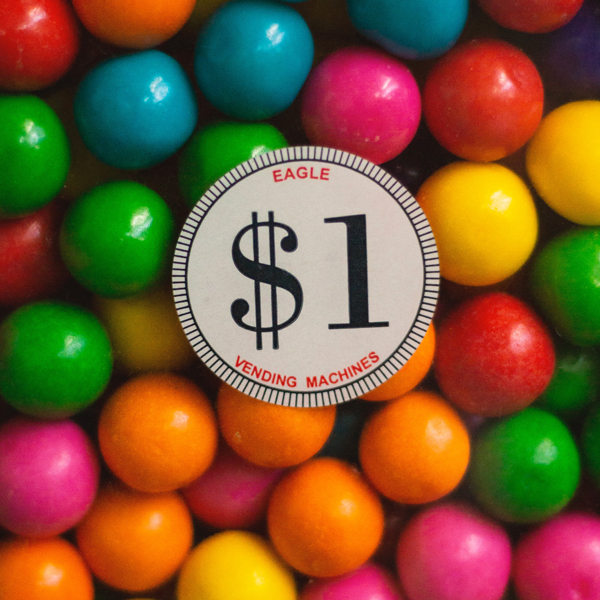
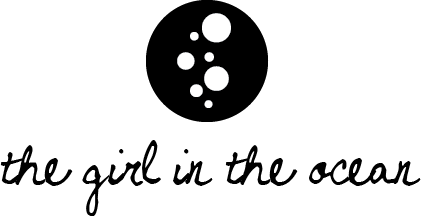
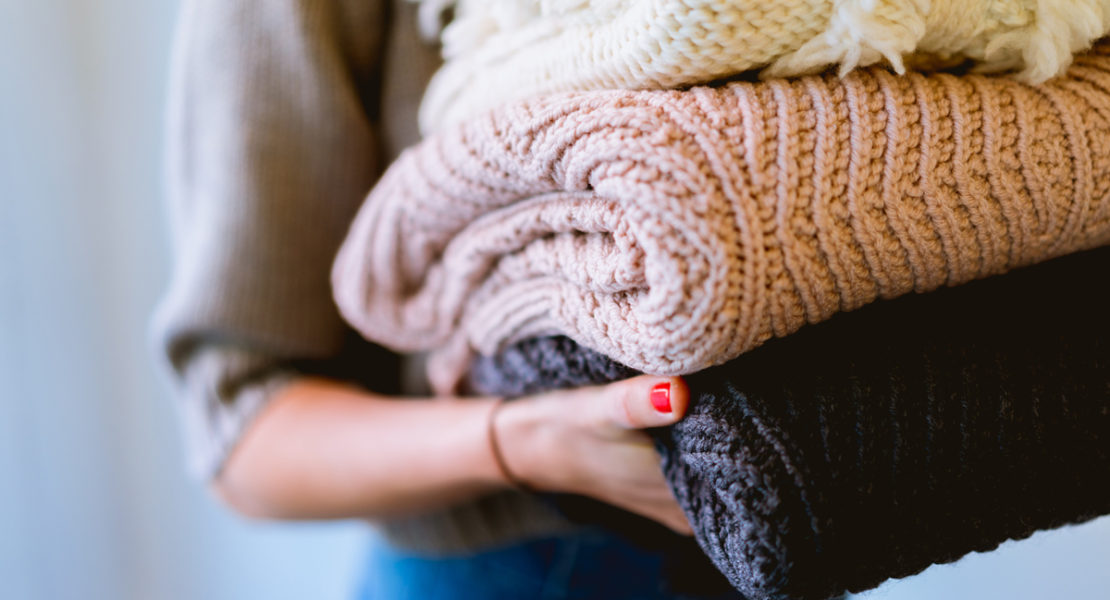
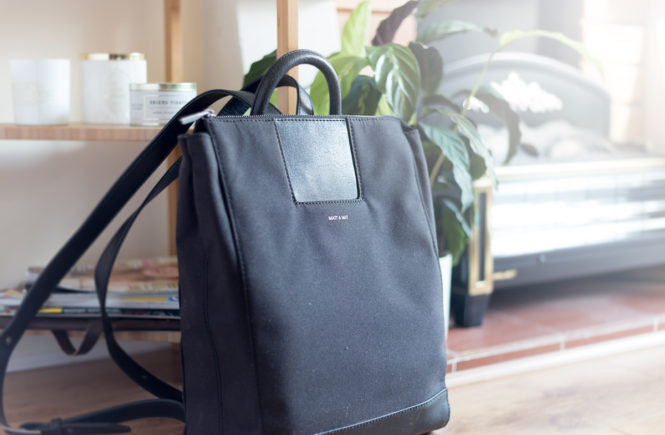

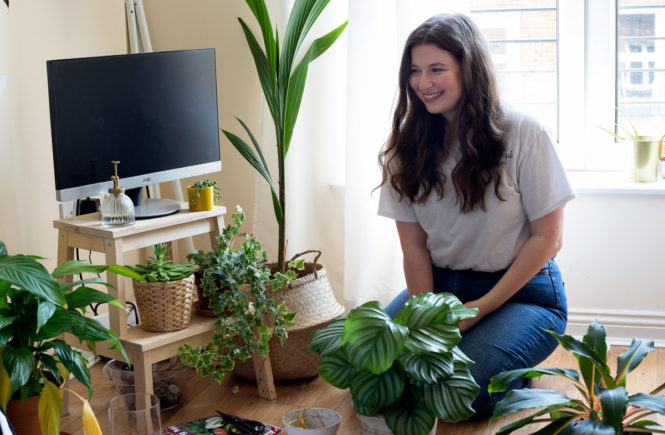
2 comments
I don’t actually use chewing gum, but that’s really interesting, I never would have thought of that! I’m planning on getting some new makeup soon as I have been in the process of using up what I already own. Look forward to reading your posts on that!
Ohhhhh I love new makeup haha. I’m still using up so many things too so I’m trying to pace myself and not buy a million new things. I definitely have more makeup articles coming 😀